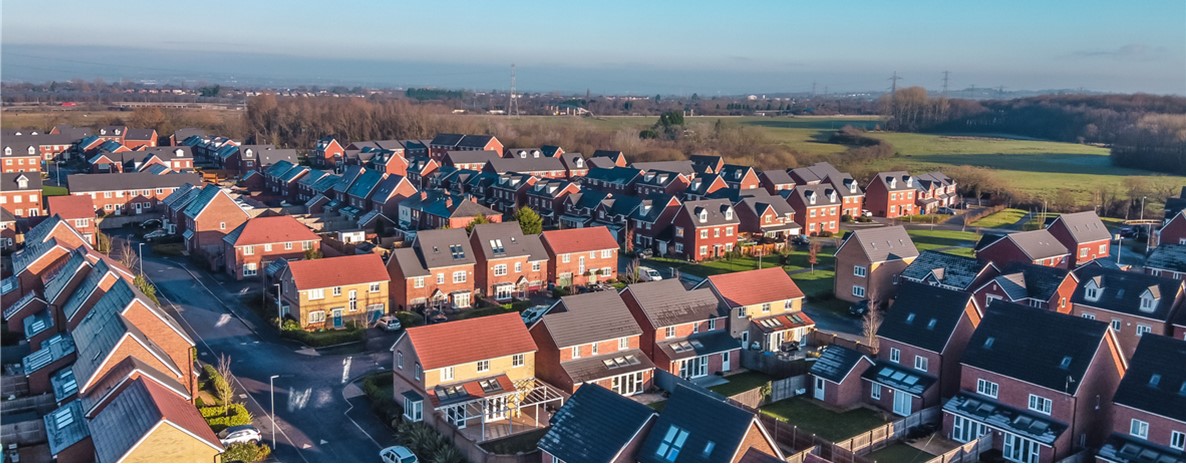Buying an investment property - the 10 golden keys
Over several decades, wise investments in property have proven to be very profitable. But mistakes can be exceedingly costly. Here are some serious points to consider before parting with your money...
1. Location, location, location
This is the starting point and probably the most important. If you wouldn’t want to live there, then why would someone else? Location is a major factor in influencing the potential tenant. If it is proposed to be a family home it would ideally be close to local schools and amenities. If you are hoping for commuters, what are the transport links like? If you would like to rent to students, how close to a university or college is it as most students don’t have cars?
2. Who’s your type?
Whilst some landlords prefer families, students or sharers can be more profitable as you can convert living rooms into additional bedrooms and increase the rental value.
Don’t rule out families and individuals on Housing Benefit either. The rent can, in certain circumstances, be more than the private sector and it’s direct from the local authority, so it’s always paid on time.
3. Developing potential
Never dismiss shabby properties or those with seemingly poor letting potential.Always keep your mind open to converting living accommodation into additional bedrooms, extending the property, or refurbishing to increase the rental value.
4. Get the facts not just the spiel
Many letting agents will tell you the figure you want to hear rather than a realistic rental value. So ask them to provide comparables in the local area and do your own research using Rightmove and Zoopla.
5. Weigh-up the competition
Speak to local estate agents and check to see if any new developments are currently, or are due to be built in the surrounding area as this will only add to the competitive rental market and may affect your ability to attract tenants and achieve a good rental figure.
6. Lease or leash?
It is important to read the lease prior to purchasing a property to firstly confirm that subletting is permitted and also if there are any other restrictions such as no pets, as this could affect the ability to let.
7. Counting the cost
Be realistic, you need to budget for void periods and maintenance costs. A rough estimation is that the property will yield no rent for two months of the year. This equates to one month for void periods and another month for maintenance costs.
8. The fees or not the fees?
Whilst some Landlords choose to manage their property themselves, it can be quite time consuming and may be better to appoint a managing agent. However this comes at an extra cost, normally calculated as a percentage of the rental value. It all depends on your experience and whether you have the time to commit and are available in case of emergencies.
9. Eliminate the whoops factor!!
On leasehold properties such as flats, you need to take into account the service charge as some developments can charge upwards of £200 per month which may greatly affect your net rental return. When purchasing a leasehold property, check the estimated annual service charge and if there are any major works due. In this respect, you should also ascertain if there is a reserve fund in the Resident Managing Company’s budget to cover such eventualities.
10. Yielding the profit...
Once you’ve taken all the above into account, now is the time to work out the real yield and if this property makes financial sense. A yield calculator can be found on the National Landlords Association website (http://www.landlords.org.uk/). It is also worth considering the capital appreciation. Thus, even if the rental yieldis not as high as was hoped, the capital growth could make it a highly profitableinvestment in the medium to long term.
We hope this helps you with making your next investment decision but if you have any queries or require professional advice, please do get in touch with our experienced property team at InBlock.






